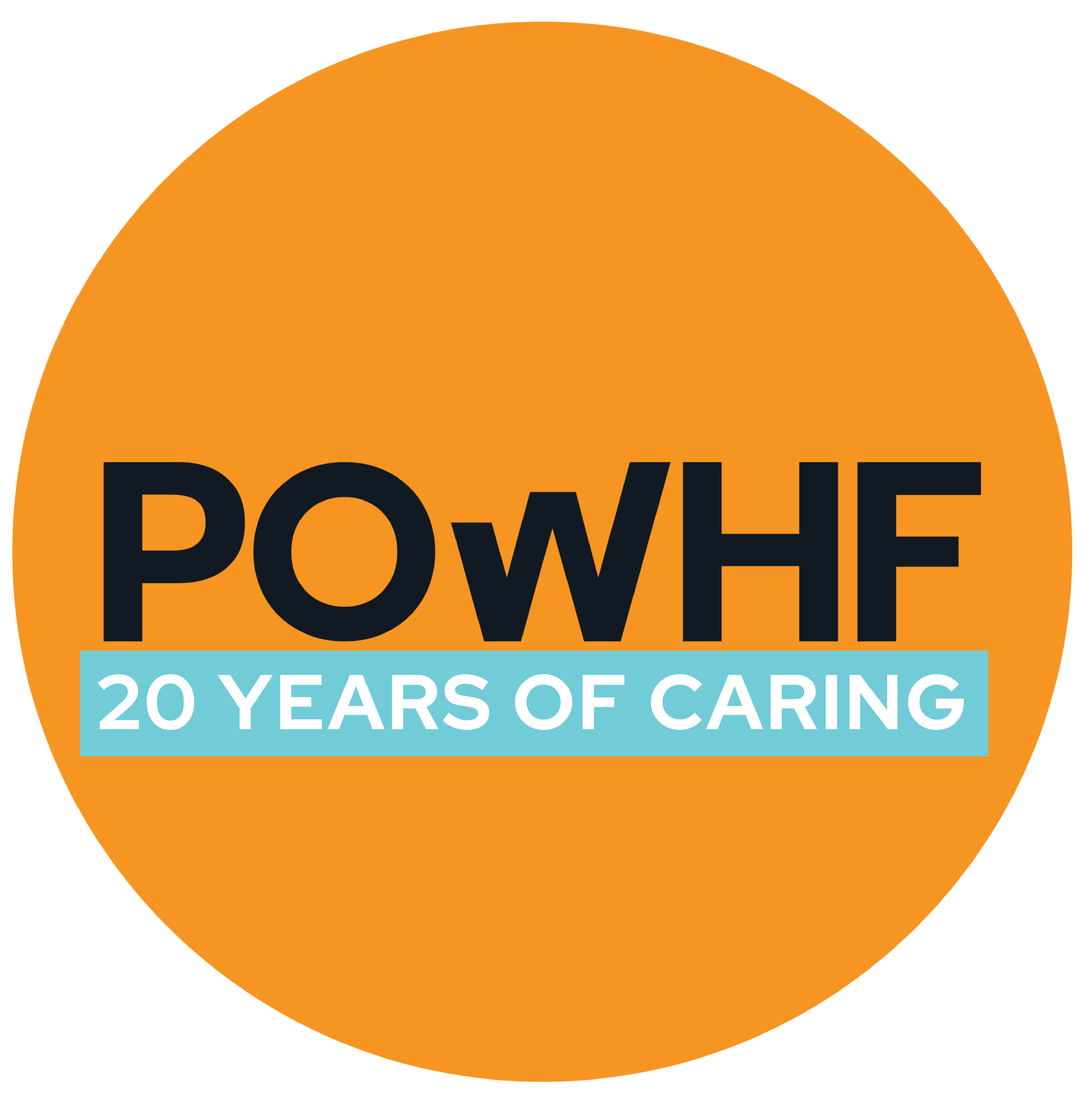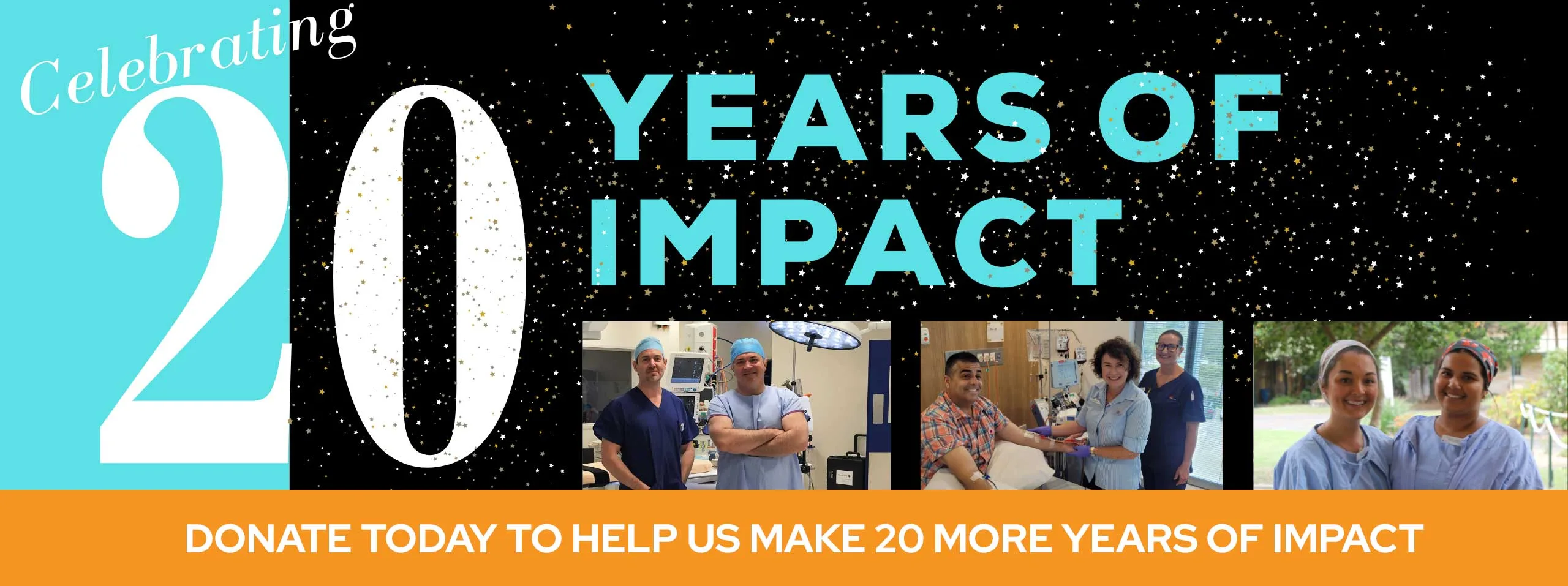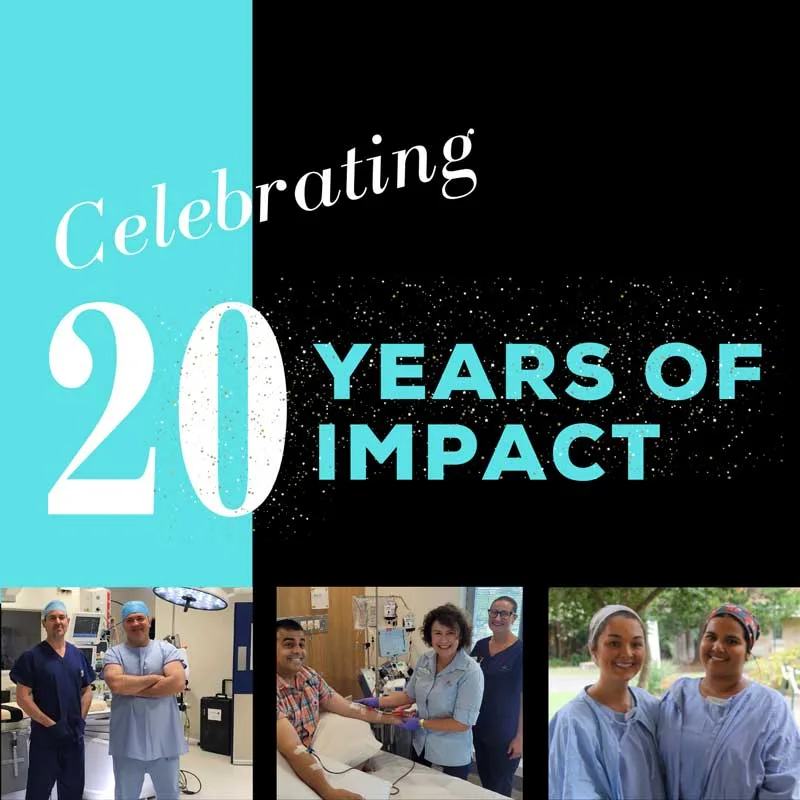Our Impact - Diabetes
OUR IMPACT
Diabetes
A new Optical Coherence Tomography (OCT) machine
OCT is an imaging technique that uses light to capture very high resolution (near microscopic) images from the eye, and particularly the retina at the back of the eye. It detects swelling and changes in the retina early before vision is threatened. It also helps to see if there is a response to improvement in the retina related to blood glucose levels. This new OCT machine is also partially dedicated to research, as well as patient testing in the Eye Clinic and the Diabetes Unit. A research team conducted a study in conjunction with other hospitals looking at early or moderate retinopathy in people with Type 1 diabetes and trying an oral medication, fenofibrate, that has been shown to be useful in retinopathy in Type 2 diabetes. There had been no studies in this area related to Type 1 diabetes yet so this is an Australian first research study.
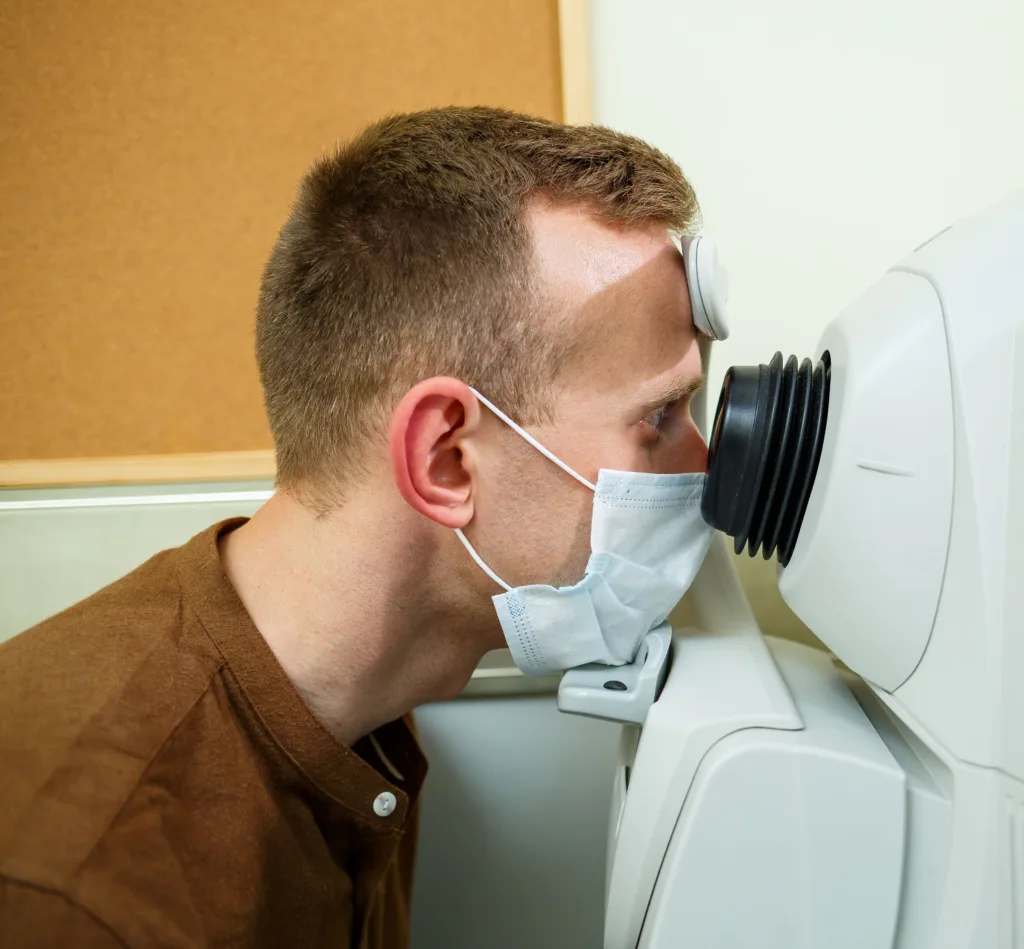
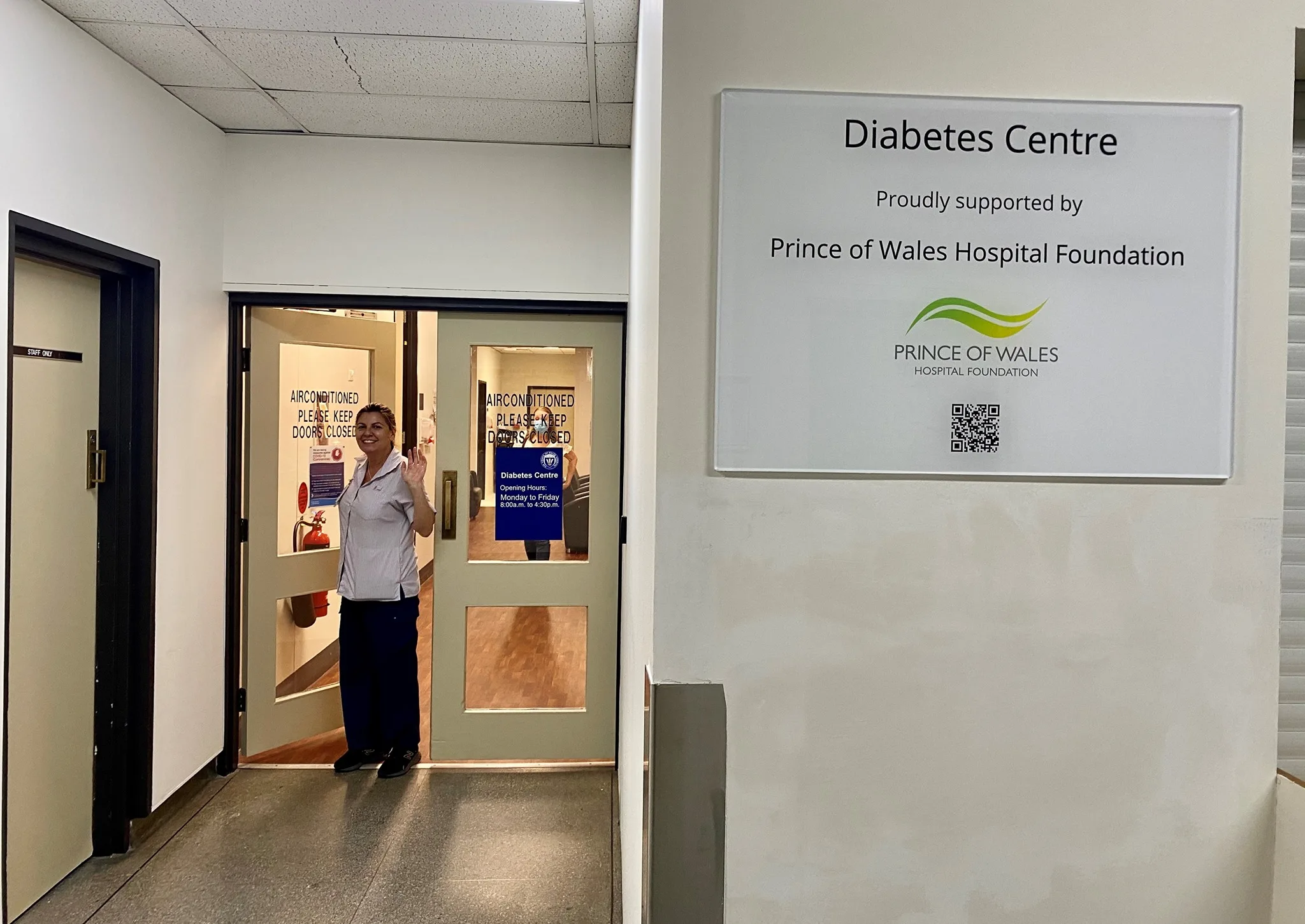
Diabetes Department Refurbishment
The POWH Diabetes Centre Service provides a wide range of inpatient and outpatient services for patients within South Eastern Sydney. These services include specialised medical clinics, diabetes nurse education, dietetics, and high-risk foot podiatry. The Diabetes Centre treats over 7000 outpatients per year with the aim at preventing hospital admissions and allowing patient to remain at home and in the community. The Department of Endocrinology relocation from the Bright Building location to within the campus has been funded by us. The refurbishment and relocation allow for more effective management of those with diabetes in the Greater Randwick area and allowed the Diabetes Centre to continue its ambulatory clinics. It also created a greater clinical space to allow the centre to utilise cloud-based diabetes technologies so patients can now be monitored and treated in their own homes and brought directly to hospital when their care needs increase bypassing the Emergency Department. The new space also now provides room for a ‘hotbed’ model to fast-track patients safely presenting to ED rather than waiting for appropriate referrals and testing, freeing up ED space for patients requiring critical treatment.
Diabetes High Risk Foot Video Series
This initiative funded by us consisted of the creation of a 3-video series for patients and their care givers who attend or who have been referred to the Diabetes Centre High Risk Foot Clinic, and the monthly Multi-Disciplinary Team Diabetes High Risk Foot Clinic. The videos are an easy and convenient way to communicate about the services available to the patient, along with education on correct care of High-Risk Diabetic Foot. This information is shared with patients via a designated iPad in the clinic waiting rooms which ensures consistent education. Sharing the information before the appointment also allowed patients to consider the information and prepare any questions hence more time of the appointments is now being allocated to other discussions. The introduction of the videos have significantly improved outcomes for patients with Diabetic Foot Ulcers and decreased the demand on Emergency Department and inpatient beds at POWH.


